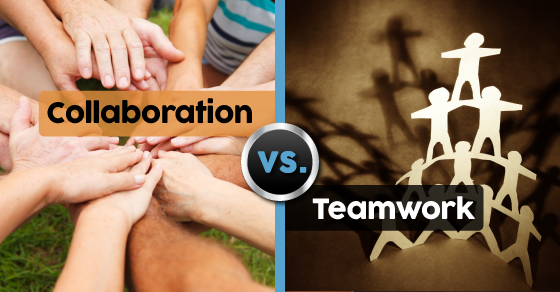How Do You Encourage Teamwork & Collaboration Among Your Students?
We all know the magic that happens when students come together, share ideas, and create something bigger than themselves. But what about those moments when students are shy, or groups struggle to find their rhythm? How do we bridge those gaps and ignite the collaborative spark?
We went straight to the source to get the inside scoop from those who’ve been there: drama teachers.
We asked: How do you encourage teamwork & collaboration among your students?
At the very beginning and throughout, I do team-building exercises. I also establish that this is meant to be a collaborative environment and while I as the director will send in the last decision, I want to hear other ideas and perspectives as we work together to create something. I also remind them that every one, every role is important. I think the analogy of everyone being their own unique gear turning in sync with a system of gears and collaboration is key to keep the drama machine going. (Chastity W.)
I start my year with empathy exercises and team-building games. Everyone works together in integrated, varied groups. We also begin every class in-circle on discussion points like common fears, goals, and values. (Melanie F.)
I establish the importance of humility from the beginning and nurture it for as long as a student is in my sphere. Humility helps an actor embody a character other than their own, helps foster a "we" rather than "me" attitude, and makes a student directable, teachable, team-able, castable.
Whether performers, tech, whatever, humility (which does NOT preclude confidence) helps students focus on the overall success of the production, the program, the design team, running crew… (David N.)
Two months of ensemble games and identity exercises! (Jane M.)
Improv is a marvelous way to instill teamwork and build confidence. (Sutter ST)
Additional Reading:
Why Productions Need Collaboration
Collaboration vs. Teamwork: What's the Difference?
5 Collaboration Games for the Drama Classroom
Improv Games for Collaboration
Collaboration Games: One to Twenty



